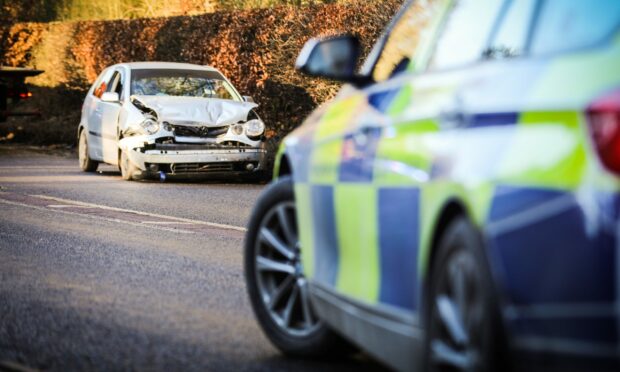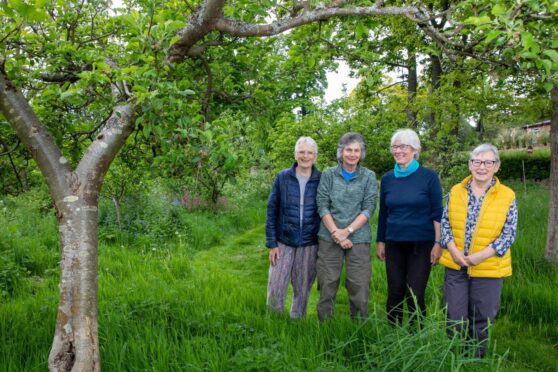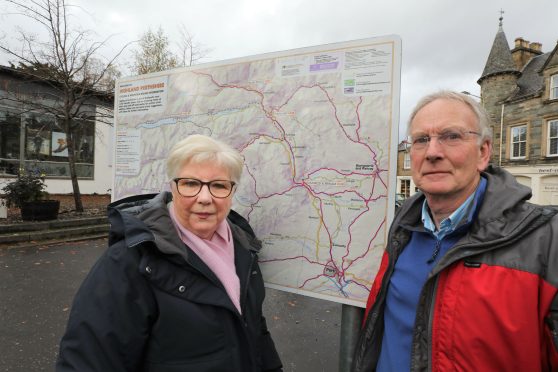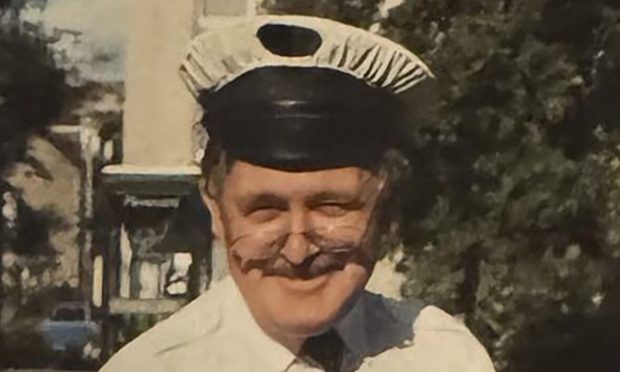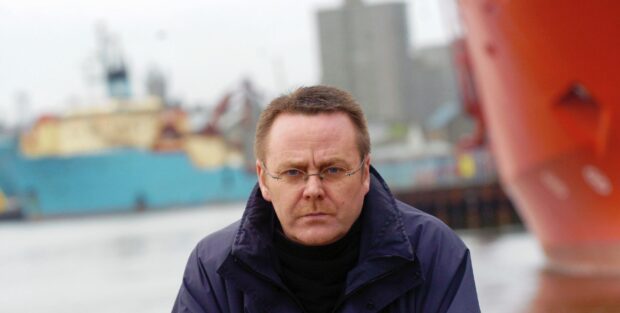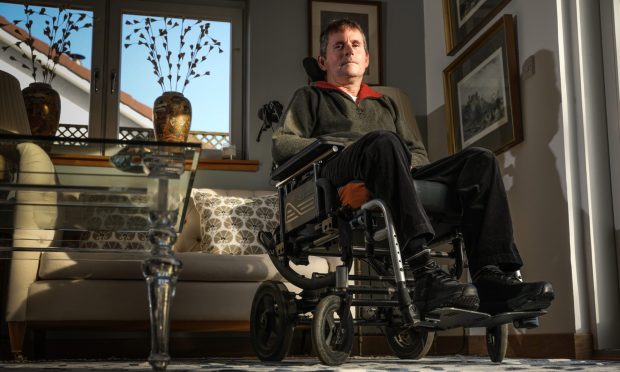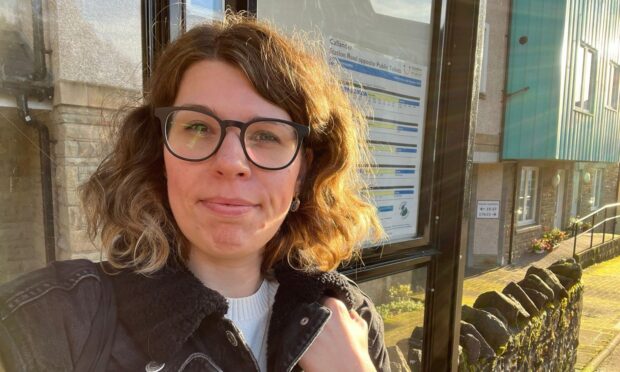More people in Dundee and Angus have been hurt on the road while casualties have tumbled across the rest of Scotland.
Road casualty figures across Scotland as a whole dropped by more than a third last year.
They are lowest casualty figures since records began in 1950 as Covid-19 restrictions saw a large reduction in the number of vehicles on the road.
But the number of people hurt in Dundee and Angus in road accidents and crashes has bucked the national trend. More people were injured in 2020 than in the previous year.
Road casualty numbers in Dundee grew from 165 to 180.
While in Angus, the figure increased from 125 to 191.
Perth and Kinross and Fife both recorded falls in casualty numbers. But with 342 casualties in 2020, the Kingdom remains the worst affected local authority area of the four.
Why have Dundee and Angus road casualties risen?
Dundee road safety campaigner Derek Paton blamed poor driving and “complacent” local authorities for the rise.
He said: “Considering the standard of driving witnessed every day on urban streets, with 30 and now also 20 mph limits, it is a wonder that the figures are not higher in Dundee.
“Evidently, too many drivers are not equipped with the requisite appropriate attitude that enables driving safely. Impatience is common as is a lack of concentration.”
Mr Paton has a track-record in fighting for safer pedestrian crossings in the city.
He said local authorities were “asleep at the wheel” when it came to tackling the problem.
[They are] “apparently bereft of innovative solutions and incapable of deploying a meaningful deterrent – without which the situation will continue to worsen.”
Angus councillor Kenny Braes, SNP, is a senior member of the local authority’s cross-party Road Safety Member Officer Working Group.
He said: “Behind the road casualty statistics are far too many lost lives, ruined lives and misery for many families.
“The sad fact is that most road casualties are preventable and are the result of people failing to drive appropriately for the prevailing road and weather conditions.”
Why have PKC and Fife seen casualty rates fall?
Perth and Kinross was the only local authority in Tayside where police reported fewer casualties.
The figure fell from 186 to 171.
Road casualties in Fife, including those killed and fatally injured, fell from 417 to 342.
Carse of Gowrie councillor Alasdair Bailey, Labour, is a member of transport partnership Tactran.
“It is reassuring to see a decline in road casualties across Scotland and it’s also good to see that Perth & Kinross’ own figures are down for the most recent year.
“Compared to the other councils in Tayside and Fife, we have an enormous mileage of very rural roads here in Perth & Kinross.
“That could account for why our accident stats don’t always follow the same pattern as seen in Dundee and Angus.”
Fife Tay Bridgehead councillor Jonny Tepp, Liberal Democrats, said more work is needed on the casualty rate in the Kingdom.
He said: “I would like to see analysis on where the accidents have taken place and whether there are any links to road maintenance issues.
“This year’s budget delivered more money for roads. But we need equivalent spending for the next decade to see the improvements most people want to see.”
How are councils improving road safety?
The Transport Scotland figures show the reported numbers of casualties in each police force division in Scotland and each local authority area. One incident can result in more than one casualty.
A TS spokesman stressed the Scotland-wide figures showed the lowest number of overall road casualties since annual records began in 1950.
He said: “One death on Scotland’s roads however, is one too many. The fact we’ve met all our casualty reductions targets means very little to those who have sadly lost friends and loved ones in tragic circumstances.”
An Angus Council spokeswoman said the local authority would continue to work with Police Scotland and others to investigate the cause of any accidents.
They would then deliver “any improvements that may be required to the local road network.”
All the local authorities work with Police Scotland, the Scottish Fire and Rescue Service, and health boards to reduce road casualties.
Dundee City Development convener Mark Flynn said: “Behind the figures are a human tragedy. That is why it is vital that we continue to bring in measures that are proven to improve road safety.
Councils have introduced 20 mph zones to bring down road casualties.
Other measure include:
- safer routes to school
- encouragement of cycle helmets, lights and bright clothing
- accident investigation and road safety processes
Those measures combine with others not directly aimed at casualty reduction to improve road safety.
These include pedestrian crossing facilities and improved cycle facilities.
Fife Council’s Derek Crowe, senior roads manager, welcomed the fall in the Kingdom.
“This is good news, although we have to remember the pandemic has affected the amount of traffic on our roads, and this will impact on the figures.”
